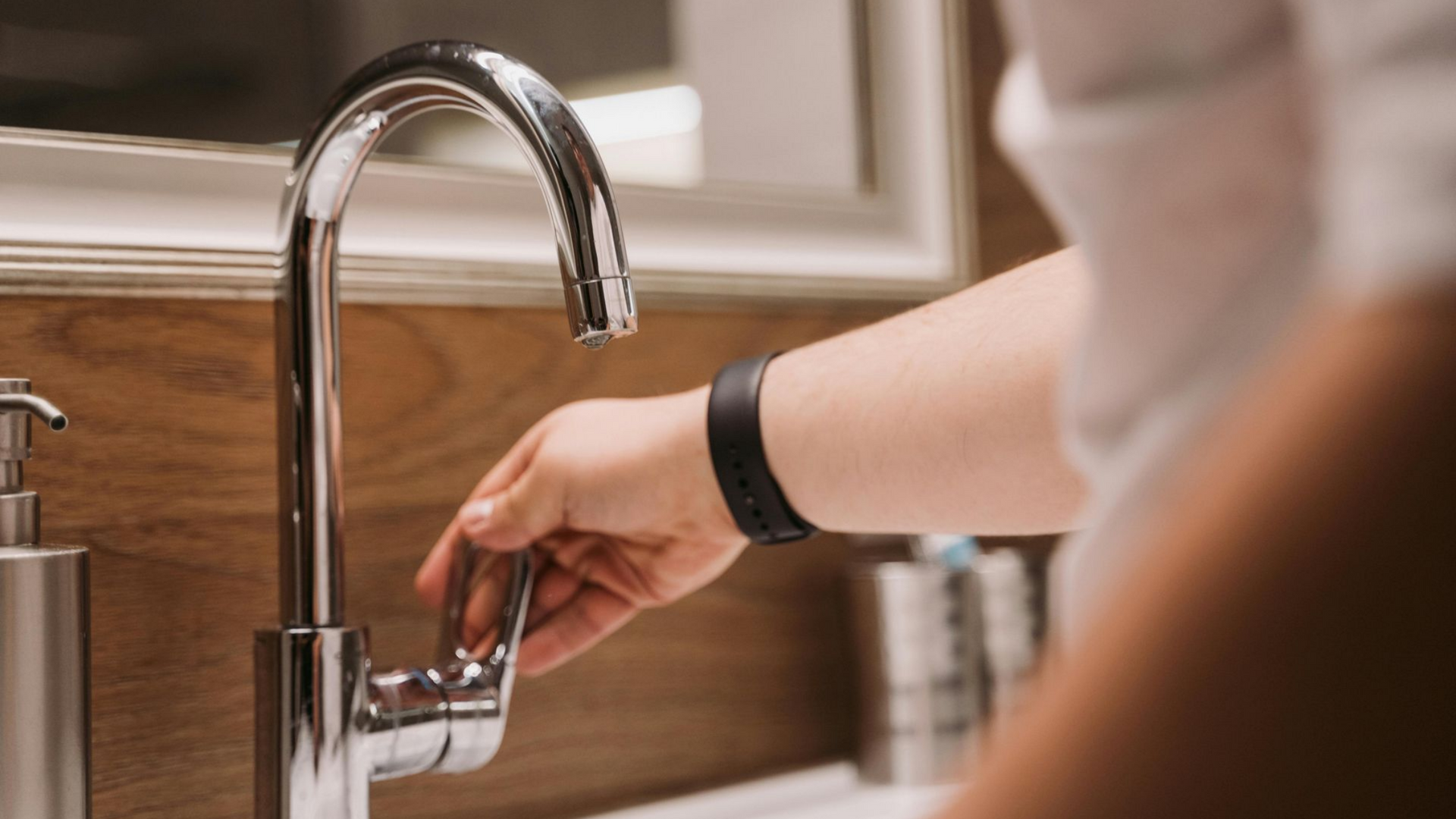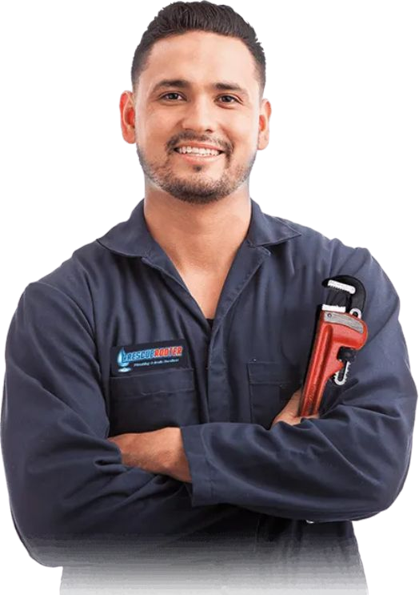Running Your Half Empty Dishwasher
Should You Run a Partially Empty Dishwasher?
Pros and Cons Explained

Have you ever faced the dilemma of having a few dirty dishes after a meal and wondered whether it's okay to run your dishwasher when it's not completely full? In this blog post, we'll delve into the advantages and disadvantages of running a partially empty dishwasher, helping you make an informed decision about this common household conundrum.
Water Usage Considerations
One crucial factor to weigh when contemplating running a half-empty dishwasher is water usage. Dishwashers typically consume a fixed amount of water during each cycle, depending on the machine's make and the chosen wash cycle. If you run your dishwasher with only a handful of dishes inside, you'll end up using the same quantity of water as a full load. This can result in unnecessary resource wastage, particularly if you're aiming to cut down on your monthly water bill.
Energy Consumption Evaluation
Similar to water consumption, dishwashers also utilize a set amount of energy per cycle. Running a partial load may lead to excessive energy usage, subsequently causing a spike in your utility bill. However, it's worth noting that some newer dishwasher models come equipped with energy-efficient modes, which could make running smaller loads more economically viable.
Preventing Odor and Bacteria Buildup
Leaving dirty dishes in your dishwasher for an extended period can give rise to unpleasant odors and potentially foster the growth of bacteria. Running a partial load at regular intervals can help prevent these issues, saving you both time and effort. Moreover, you won't have to resort to hand-washing dishes you urgently need before your dishwasher is full. Some dishwashers even offer half-load settings that adjust water and energy consumption based on the number of dishes, enhancing efficiency.
Extending Your Dishwasher's Lifespan
Consider the long-term implications for your dishwasher. Frequent use with smaller loads may accelerate wear and tear, potentially necessitating an earlier replacement. However, with proper care and regular maintenance, this concern may be mitigated. Ensuring that your dishwasher remains in top condition is crucial. Additionally, exploring the possibility of upgrading to an energy-efficient model can address environmental concerns while maintaining convenience.
So, should you run your half-empty dishwasher? Ultimately, the decision hinges on your priorities. If conserving water and energy to reduce your utility bills is paramount, waiting until you have a full load is likely the better choice. However, if you're concerned about odors, bacterial buildup, or simply dislike the sight of dirty dishes accumulating, running partial loads can be a worthwhile practice. Regardless of your decision, remember to keep your dishwasher well-maintained and contemplate transitioning to an energy-efficient model if environmental impact concerns you.
If you encounter any problems with your dishwasher, don't hesitate to seek professional help. A Rescue Rooter is just a phone call away, and they never charge you a premium for their services. Contact your plumbing professionals at 905-521-8284 for expert assistance with all your dishwasher-related concerns.






